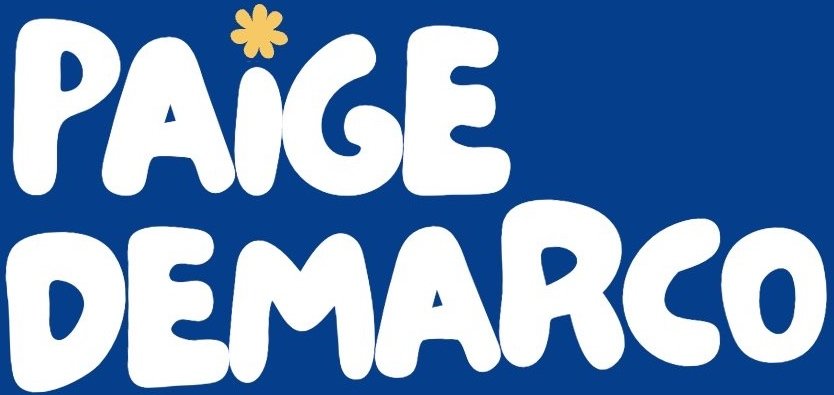The Evolution of Cooking Videos: From TV to TikTok
Cooking videos have been a source of inspiration for decades. From Betty Crocker to Julia Child to Gordon Ramsay, chefs throughout decades have taught viewers at home tips and tricks to bring into their own kitchens. As technology has emerged, so have the content and platforms in which food entertainment is broadcasted. Let’s take a deeper look into the evolution of cooking videos.
The beginning of the cooking entertainment started on radio in the 1920s. The most recognizable show, The Betty Crocker School of the Air, was on the air from 1924 to 1951. Betty Crocker was a fictional character in which radio hosts would play. Betty would offer cooking advice, answer consumer questions, and give tips to at-home chefs. It was one of the longest-running radio shows in U.S. history.
Throughout the 1940s-60s television became the new cooking craze. The first American cooking show, James Beard’s I Love to Eat aired in 1946. Following this, chefs like Julia Child and Graham Kerr created simple instructional videos teaching a step-by-step of some gourmet dishes.
In 1993 the Food Network was founded. This cable network created exciting new shows with competition, challenges, and a new genre of reality TV. Some of my favorites include: Chopped, Diner’s Drive-ins and Dives, Ace of Cakes, and Worst Cooks in America.
Today food entertainment is heavily present on social media. One of the most popular platforms for cooking creators is TikTok. TikTok started in 2016 and became very popular during the 2020 lockdown. TikTok often showcases short video clips which are often fast-paced and less than a minute long. The hashtag “foodtok” became a popular genre in which cooks from all over the world could make short videos showcasing their recipes.
Recently, The New York Times wrote a news article about this phenomenon which you can find here. They interviewed Standford scientist Sunny Xun Liu to describe the reasoning behind this newfound medium. “It changes the whole hourlong cooking process into 15 seconds, 30 seconds, 45 seconds of entertainment — consumable pieces,” she said. “The product and process become one video that is entertaining, appealing, and satisfying. That is what makes these videos so engaging.”
As for my own experience, I still love to watch reruns of the early 2000s cooking shows. I find them so entertaining and I love to learn new recipes and tricks in the kitchen. However, when it comes to finding inspiration, I often turn to social media. Pinterest is one of my top choices to look for aesthetic food and healthy recipes. However, TikTok has now become one of my most used apps. I absolutely love #foodtok and I enjoy the quickness of it. I can see dozens of recipes in under a minute. I can see short clips of what the food should look like and how to chop, dice, sauté, etc. It’s so easy. It’s straight to the point, and although I love the entertainment of cooking television, when I want to be in the kitchen I turn to TikTok.
Overall, all these media forms are so prevalent in the eating habits of everyday people. They could create an interest in an international dish, or create a new diet fad, or make a product sell out in grocery stores nationwide, and so much more. These entertainment sources are so influential and sometimes it’s hard to imagine how big their impact is. I’m curious to see the future of cooking entertainment. I don’t think food media will ever go away but it’s interesting to see how it has evolved.
References:
The New York Times: How Cooking Videos Took Over The World
